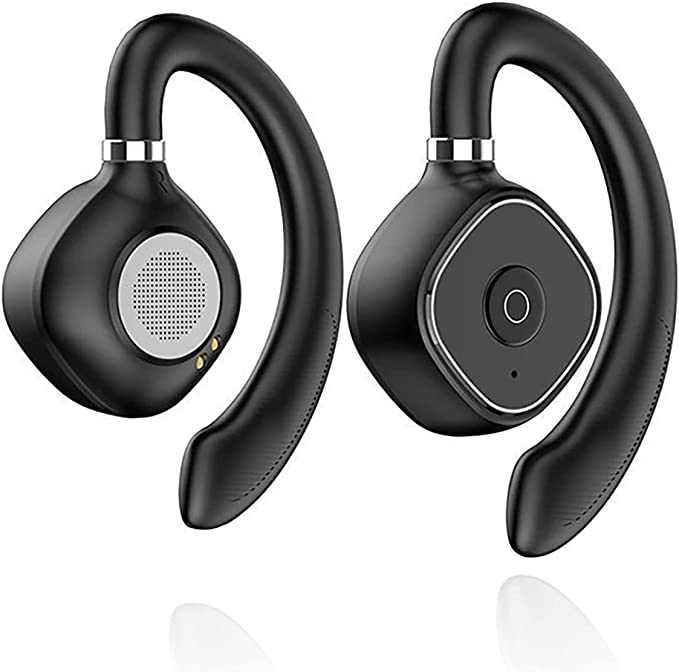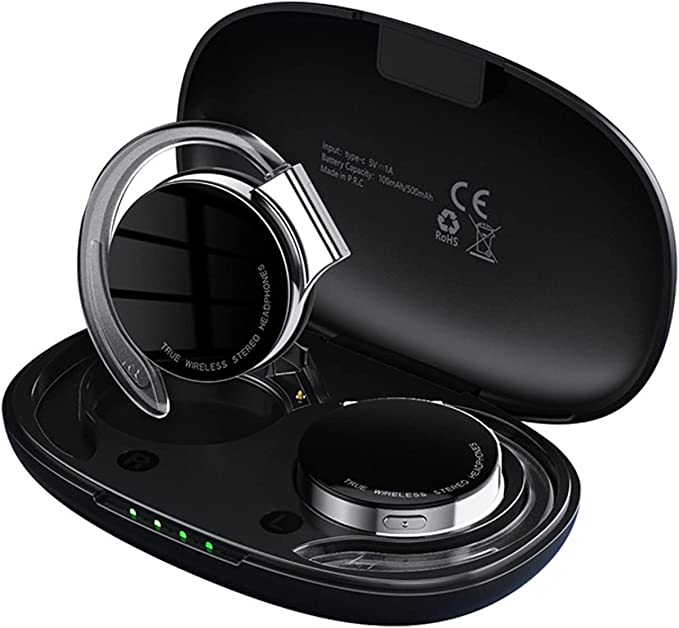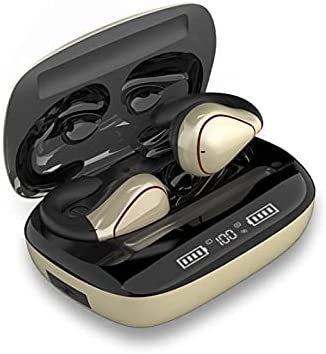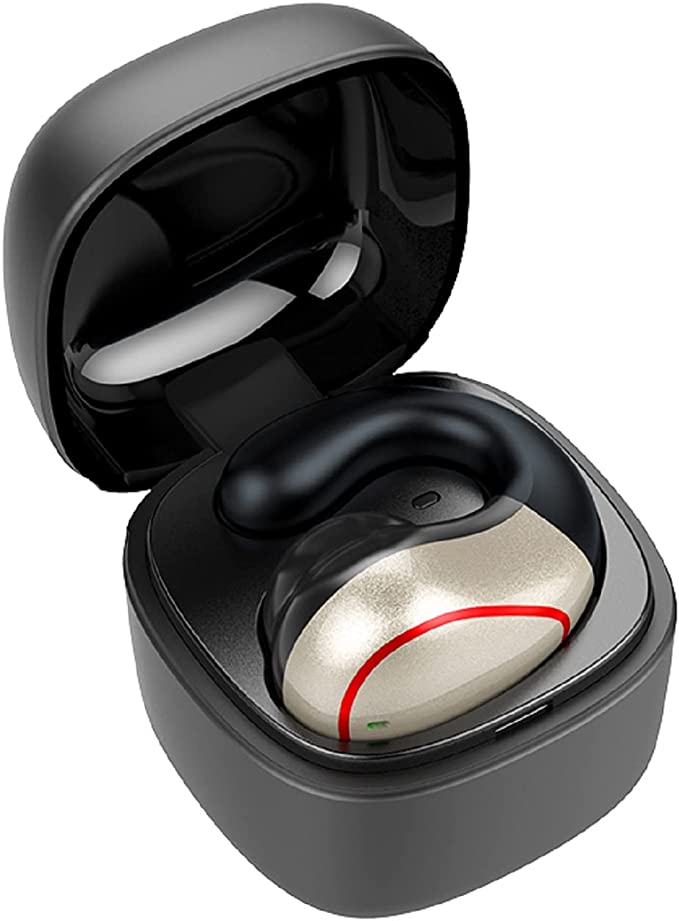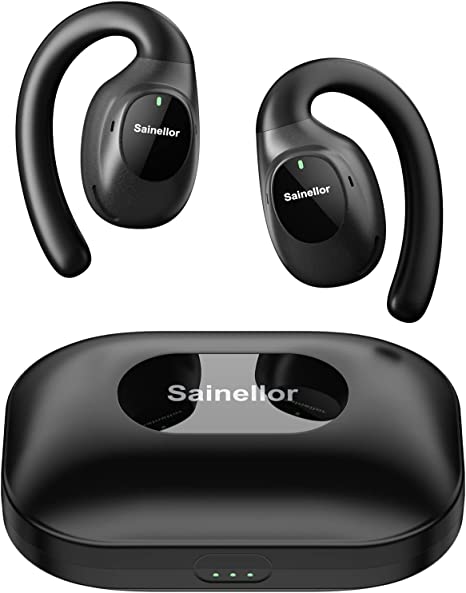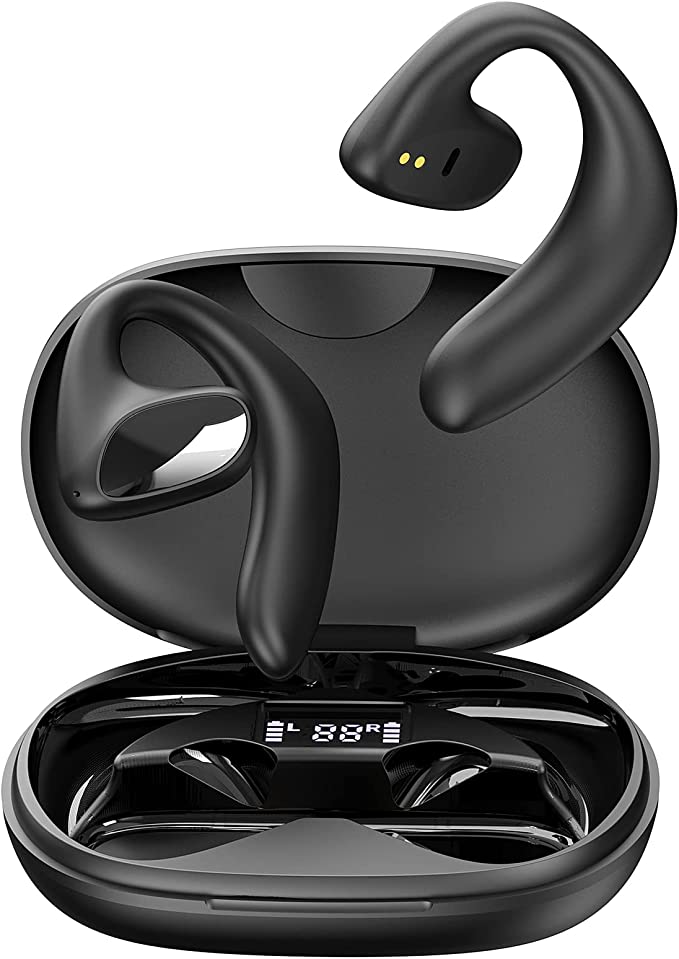The Open-Ear Paradox: Why Air Conduction Headphones Are a Trade-Off for Comfort
Update on Nov. 14, 2025, 8:56 a.m.
For the past decade, the personal audio industry has been in an arms race toward one goal: total immersion. “Noise cancellation,” “deep bass,” and a “perfect seal” are the markers of a premium product. But a growing category of headphones is built on the exact opposite philosophy.
These are open-ear headphones, and their core promise is not immersion, but awareness.
This design is a direct solution for two specific user problems: 1) Discomfort, from users who state “earbuds hurt my ears,” and 2) Safety, from athletes who “want to hear road noise” and the “approach of cars from behind.”
However, this design philosophy creates what we can call the “Open-Ear Paradox.” The features that users of traditional headphones see as critical flaws—zero noise cancellation and sound leakage—are the intended function of these devices.
Using the YOSINT GT27 as a case study, which boasts over 1,500 user ratings, we can decode this emerging category, its technology, and the critical trade-offs you must accept to gain its benefits.

The Core Technology: Air Conduction vs. Bone Conduction
When people think “open-ear,” they often think of bone conduction—headphones that sit on the cheekbone and send vibrations through the skull to the inner ear.
The YOSINT GT27, however, uses air conduction. This is a crucial, and often misunderstood, distinction. * Bone Conduction uses a vibrator. Some users dislike this, as high volumes can cause a “tickling” or buzzing sensation. * Air Conduction (the GT27’s method) is essentially a miniature, directional speaker. It “adopts a completely open design” that “can be gently and firmly placed on the top of the ear,” directing sound towards the ear canal without plugging it.
The benefit, as the manufacturer notes, is that this method “will not cause vibration.” It is designed to be a more comfortable, less invasive experience. The overwhelming 5.0/5.0 comfort rating from users, and reports of “after a few minutes i didn’t even feel them,” suggest this engineering goal was achieved. It is a design built for “all day” listening without ear fatigue.

The “Feature, Not a Flaw” Analysis
This open-ear, air-conduction design has two non-negotiable consequences. The 1,575 user reviews for the GT27 provide a perfect, real-world data set to understand them.
1. “Noise cancelation is almost nonexistent”
This is the most common observation, and it is 100% correct. You are not buying a “soundproof bubble.” You are buying a “personal soundtrack.” As one user correctly stated, “These are air conduction headphones, so they won’t noise cancel, and you shouldn’t expect them to.”
For the target user—a runner, cyclist, or office worker—this is the primary feature. The ability to “hear music and the approach of cars from behind” is a safety requirement. The ability to hear a coworker or a crying baby is a functional one.
2. “I can hear it, but so can others”
This is the second half of the paradox. Because the speaker is open to the air, sound will leak out. In a quiet office, a nearby coworker might hear a whisper of your music. This is the physical price of not sealing your ear canal.

The Engineering Trade-Offs
Accepting this design means accepting a different set of engineering trade-offs.
The Audio Trade-Off: Bass and Background Noise
Because there is no seal, the audio is in a constant battle with your environment.
* Bass: The GT27 uses “graphene-coated drivers” and an “Audio processor with DSP for bass sound.” This is an attempt to psychoacoustically compensate for the bass that is lost to the open air. The bass will never be the “booming” kind you feel from a sealed-in bud, but is tuned for clarity.
* Noisy Environments: As one user perfectly described, “If you’re in a quiet place the sound is close to top notch. If you’re in a noisy place i.e. in a train etc… expect the sound to fade into the background.” This is unavoidable. The train’s noise is simply louder than the non-isolated speaker.
The Durability Trade-Off: Waterproofing vs. Sweat
The product is marketed as “Waterproof” for “Sport.” However, one user on a bike in the “burning hot nevada sun” who sweats “a lot” reported that the “right side crapped out” and suspected it was “related to sweat.”
* Analysis: This is a critical insight into the budget end of this category. True waterproofing (an IPX7 or IPX8 rating) is expensive. A lower rating (like IPX4, common for “sweat resistance”) may not hold up to heavy, sustained perspiration, which is highly corrosive.

Coda: Who Are These For?
Open-ear, air-conduction headphones are not a replacement for your high-fidelity, noise-canceling earbuds. They are a different tool for a different job.
Based on extensive user data, this category is for you if:
1. You prioritize comfort above all. You find in-ear buds painful or irritating.
2. You prioritize safety and awareness. You are a runner, cyclist, or walker who must hear traffic.
3. You are not in a noisy environment. You plan to use them at home, in a quiet office, or for outdoor work.
4. You are not seeking audio-file immersion. You are willing to trade “booming bass” for awareness.
Products like the YOSINT GT27 serve as an excellent, low-cost “experiment” (as one user put it). They allow you to test this “aware” audio philosophy for yourself. You gain the primary benefits (supreme comfort, safety) while risking very little. The trade-offs are not defects; they are the physical laws of an open-ear design.



